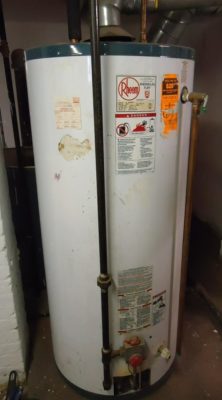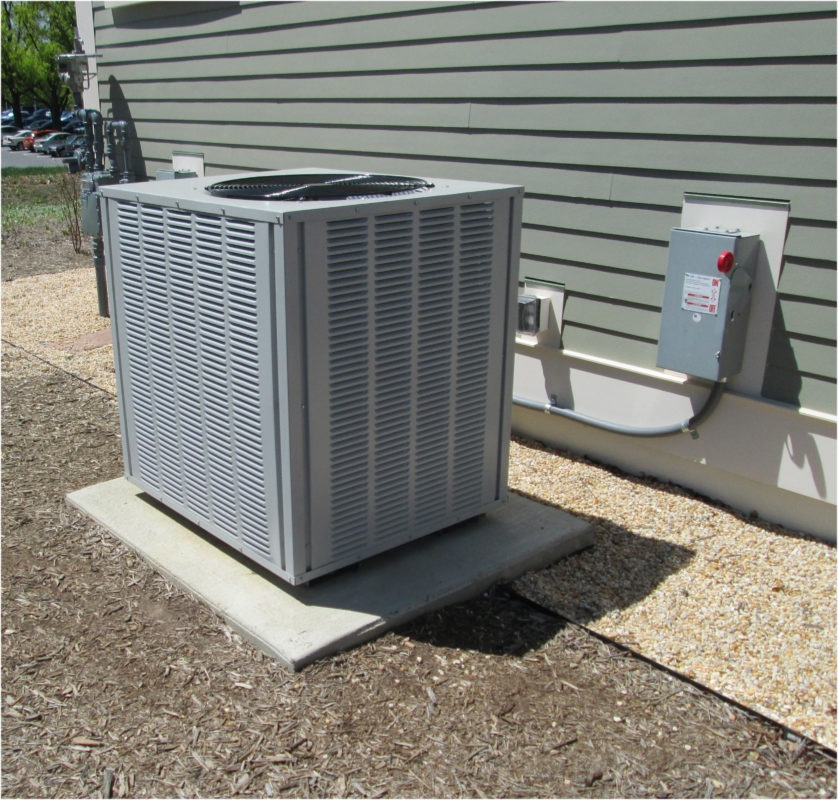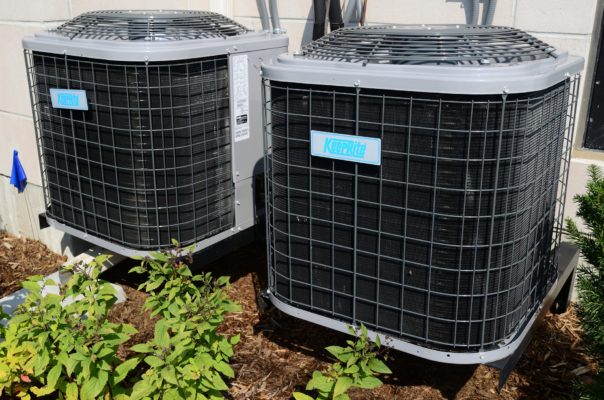Heating
How Does Temperature Transfer In An HVAC System?
The modern central HVAC system is very efficient. All of the actions, from the heating to the ventilation to the air conditioning, work using many of the same parts. This is because HVAC equipment doesn’t just create and pump out heat or air conditioning out of thin air (pardon the pun). Rather, it uses the transfer of thermal energy to change the temperature, and a device called the heat exchanger makes this temperature transfer happen.
How Does The Heat Exchanger Work?

In spite of its name, the heat exchanger is an important part of both the cooling and heating. Heat naturally moves from areas of high temperature to areas of low temperature, and the heat exchanger is in place to reverse this process to either cool or heat your home. It works by transferring thermal energy from one medium to another through coils in the system. Heat exchangers use combustion gases to heat the air or a cold fluid to cool it.
A heat exchanger in an HVAC system uses conduction to transfer heat. This is the traveling of heat energy from one molecule to another using direct contact with the temperature source. HVAC heat exchangers will either heat or cool the air with conduction, but they need the proper medium from which to get the energy. For cooling, this is usually in the form of a refrigerant.
Cooling
Air conditioners rely on temperature transfers to remove heat from indoor spaces and expel it outdoors. A fan blows warm air from an indoor space across the refrigerant-filled evaporator coils, and the refrigerant inside changes into a vapor. This causes the refrigerant to release the heat as it changes from a gas to a liquid, and it absorbs the heat from the air before being redistributed throughout the home.
This cold refrigerant then moves to the outdoor compressor and condenser. In the compressor, it turns into a hot gas. The gas moves into the condenser coils and the air flows over the condenser and takes out the heat. The refrigerant changes into a cool liquid and cycles back to restart the process.
Heating
Naturally, when it comes to heating your system, the temperature transfer has to work in the reverse of the air conditioning. It draws cool air with an evaporator fan through the heat exchanger, which is made hot either by electricity or gas. The cool air from your home absorbs heat as it passes over the heat source, and this air is redistributed throughout the home.
The heat exchanger plays an extra role when heating. If gases are used for the combustion process, it keeps them separate from the heated air. They must be released through an escape to the outside, ensuring that your family is kept safe.



